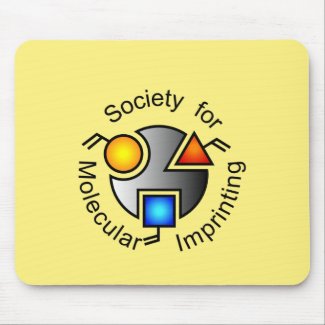
Authors: Wu LQ, Sun BW, Li YZ, Chang WB
Article Title: Study properties of molecular imprinting polymer using a computational approach.
Publication date: 2003
Journal: Analyst
Volume: 128
Issue: (7)
Page numbers: 944-949.
DOI: 10.1039/b212731h
Abstract: In order to study the nature of recognition of a molecular imprinting polymer (MIP) and improve its performance, we used a computational approach to evaluate the MIP system. We mainly focused on the monomer - template interaction in prepolymerization. Firstly, the possible minimum energy conformation of the monomer and template was opimized by Gaussian 94 quantum software. Then the binding energy between monomer and template was calculated by a semi-empirical quantum method and ab initio method with 6-31G basis set. Finally, the chromatographic characteristics of the template on a MIP column was investigated. In either a PAM or p-BA system, a correlation was found to exist between the binding energy and the capacity factor (k') in our experimental conditions. The higher the binding energy was, the larger the capacity factor was. This demonstrated that the higher binding energy between monomer and template was likely to lead to a more stable complex in prepolymerization. Therefore, more high affinity binding sites in the polymer were left and subsequently the capacity factor was larger. Additionally, we have also studied the influence of intramolecular hydrogen bonds in the PAM system and polyclonity of MIP by computer simulation. We think the computer simulation method proposed by us in this paper is a new and fast evaluation method which may be applied into studying MIP's properties



Join the Society for Molecular Imprinting

New items RSS feed
Sign-up for e-mail updates:
Choose between receiving an occasional newsletter or more frequent e-mail alerts.
Click here to go to the sign-up page.
Is your name elemental or peptidic? Enter your name and find out by clicking either of the buttons below!
Other products you may like:
 MIPdatabase
MIPdatabase









